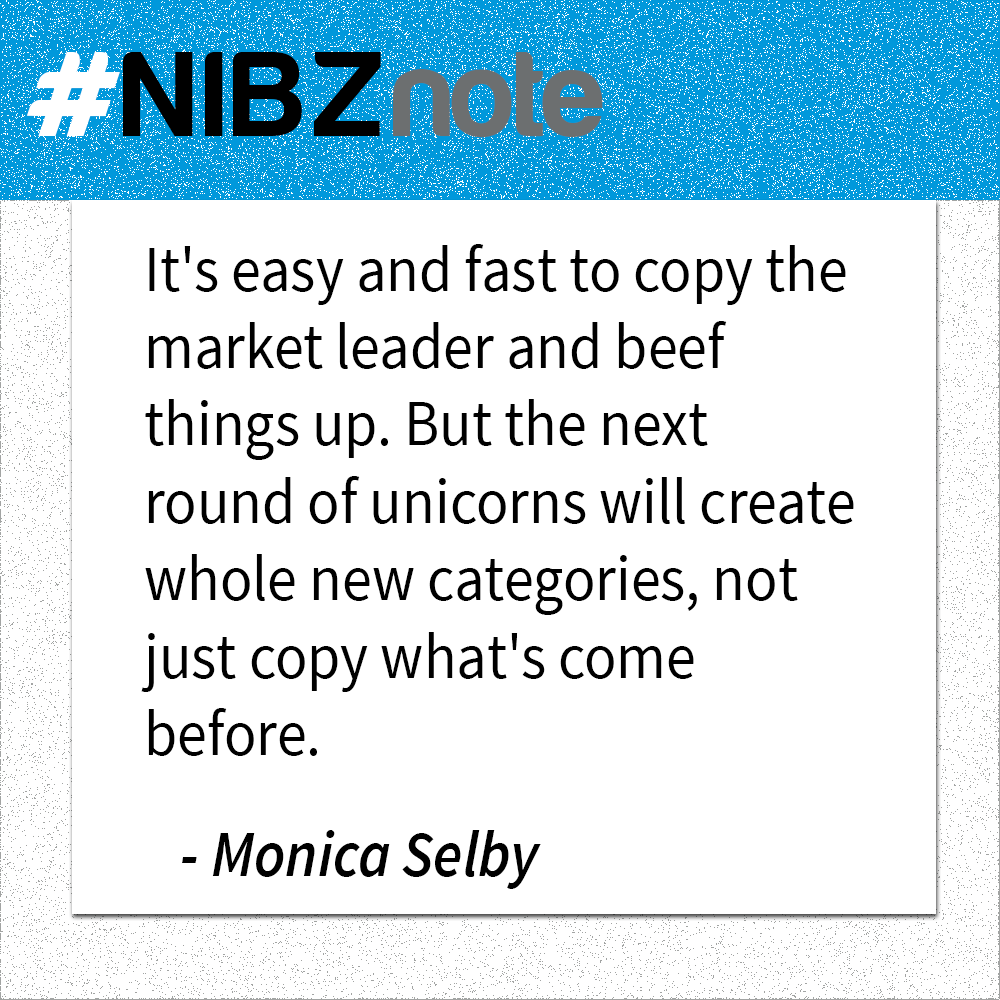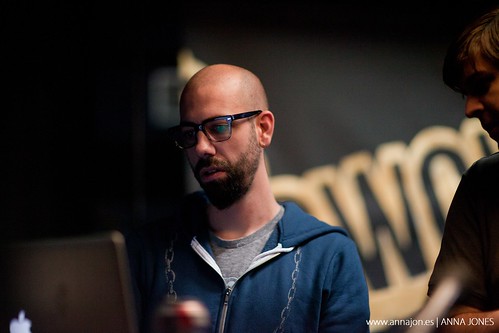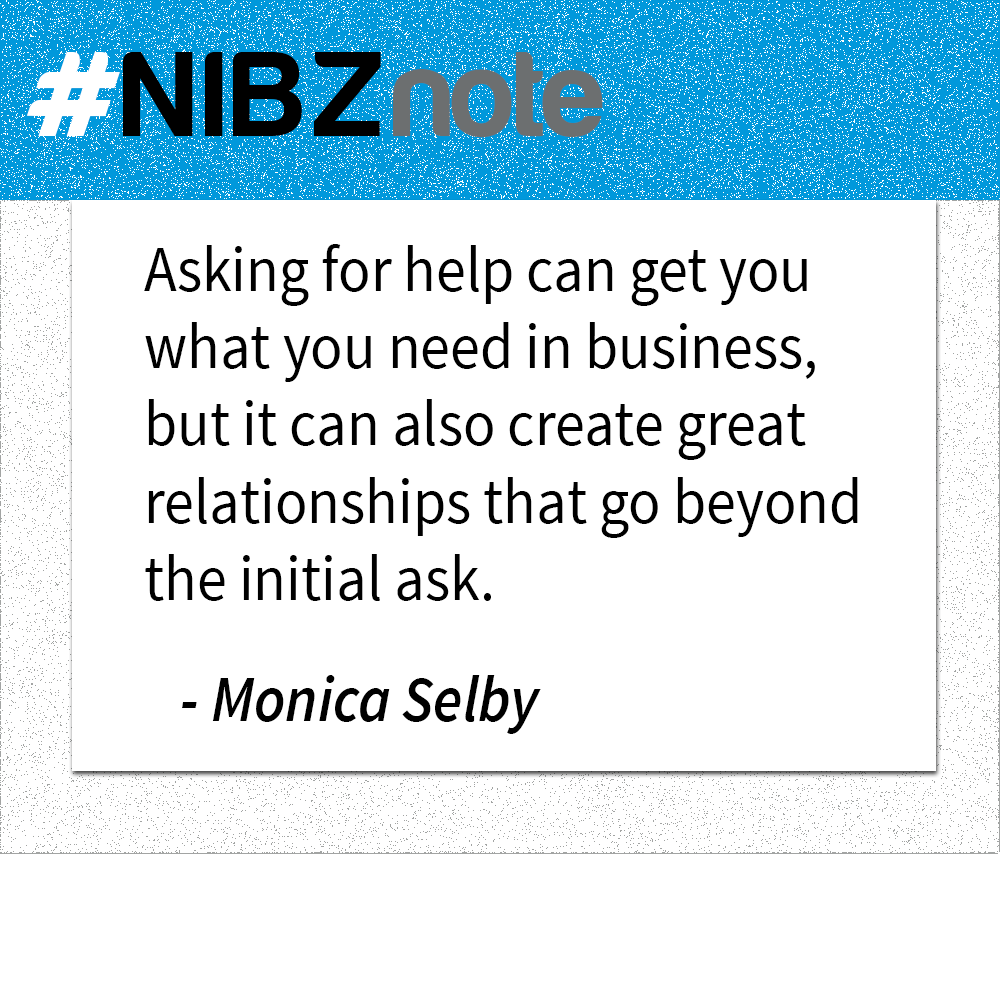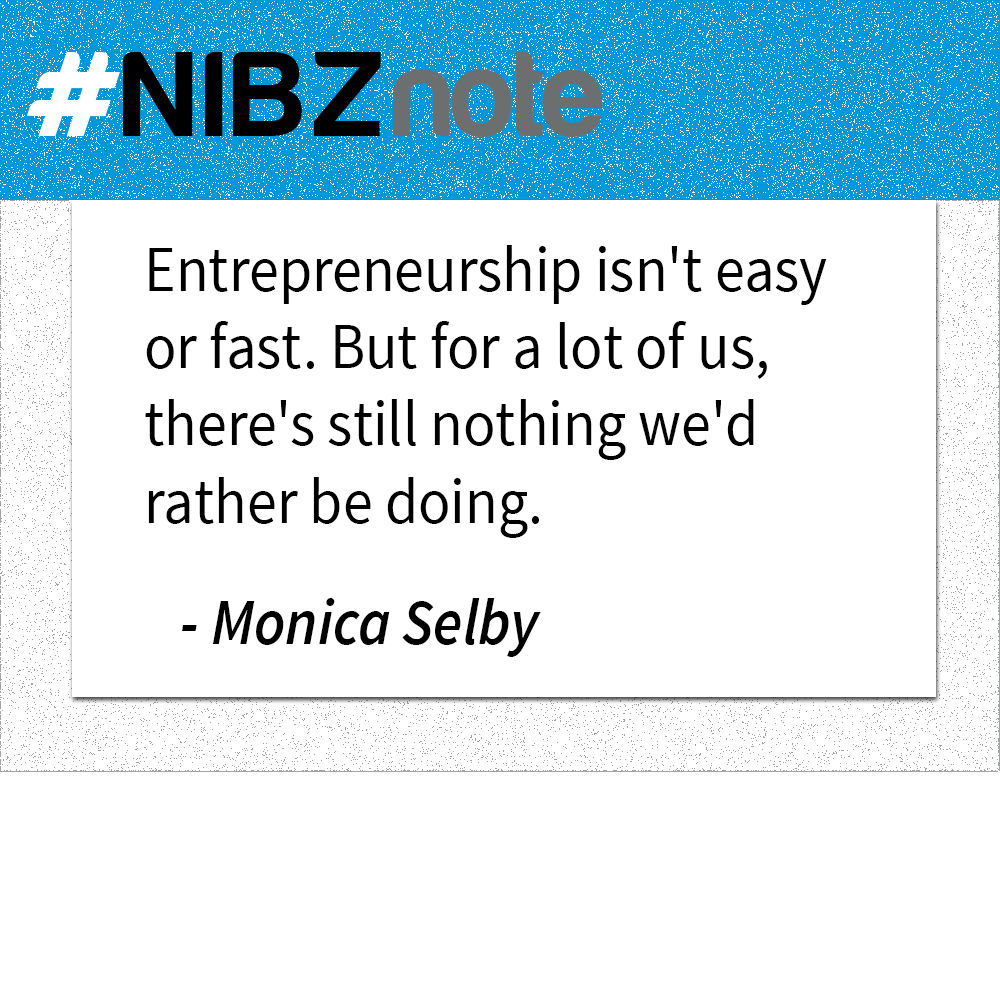
Most business owners want to grow as quickly as possible. While there is no one-size-fits-all acceleration model, having a clearly defined sales funnel early can help. In fact, behind every decision our company makes today is the original white-boarded funnel from our early days.
The purchase funnel is essentially what the industry commonly refers to as a ‘customer journey’ – which starts with the moment when a customer first makes contact with your brand. It includes each subsequent step and eventually leads to an end goal, purchase and monetization. In general, this journey is composed of a process around awareness, education, trial, adoption, and sharing. Putting the customer first provides the focus and prioritization needed to move every company to the next level.
Here are five tips for defining your customer funnel for success:
- Determine your industry funnel. The top of the funnel is where a customer first enters into your experience. I run a web company, Porch, so most people enter from other places online. The first step in determining your industry funnel is to look across the board and outline what valuable user actions (VUA) your competitors care about. For example, on Twitter, these actions might be creating an account, uploading a profile picture, tweeting, re-tweeting, creating a group – or other measurable representations of end-user engagement. This exercise will give you a general benchmark for what the industry competition is doing, so you can start prioritizing your business growth strategy.
- Choose where to focus marketing efforts. You can wrap your business and marketing around a number of places in the funnel. The most common are the top and the bottom of the funnel, but they have different problems. For example, the top of our industry funnel is all about inspiration – beautiful pictures that attract and retain customers on the website. Inspiration has a lower customer acquisition cost and better engagement. But it’s also difficult to monetize. If you start marketing at the bottom of the funnel, you monetize more easily, but it is often a challenge to acquire customers inexpensively. Assess the tradeoffs and pick a starting point to focus your business on.
- Minimize your risk. When you are building a business, you are bringing financial and Excel models to life. Focus on proving out the risks in your model first. This starting point will help clarify your thinking about where the challenges lie. For example, if you start at the bottom, focus on how you acquire consumers in a cost-effective way to create an arbitrage opportunity (where you can repeatedly acquire customers for less than the revenue you produce).
- Limit upward movements. Move customers down the funnel and limit moving them back up. For example, if a consumer is almost through your funnel and about to transact, limit the noise around them on the page (advertisements, pop-ups) so they finish. You will have time to cross-link them later. Retaining a paid user is much more valuable than entertaining a free user. This philosophy needs to be intentionally built into your product. Focus on user experience and prioritize building feature sets that guide customers down the funnel at a raw level. Everything else is a nice-to-have.
- Build defensible differentiators. After you pick your marketing poison and define your priorities, put the pedal to the metal. Build out features or strategies to ensure your key funnel positions are completely defensible through intellectual property. Figure out what you want to be the best at and optimize and test different consumer acquisition tactics that meet your business goals. This is where the fun starts!
In the long term, you should turn your funnel into a sphere – create circular revenue streams with emphasis on retention and viral coefficients. But that is only after you have nailed your funnel fundamentals.
Matt Ehrlichman is the CEO of Porch, where you can get inspired by the best home projects your neighbors have completed, see what any home project will cost, and find the best service professional your neighbors and friends recommend. Previous to Porch, Matt was a founder and CEO of Thriva (acquired by Active Network) and Chief Strategy Officer of Active Network (2011 IPO). Matt lives in Seattle, WA.
The Young Entrepreneur Council (YEC) is an invite-only organization comprised of the world’s most promising young entrepreneurs. In partnership with Citi, YEC recently launched StartupCollective, a free virtual mentorship program that helps millions of entrepreneurs start and grow businesses.












 my mom’s best friend died, and the grandparent who helped raise me withered away like ash with cancer right in front of my eyes.
my mom’s best friend died, and the grandparent who helped raise me withered away like ash with cancer right in front of my eyes.













